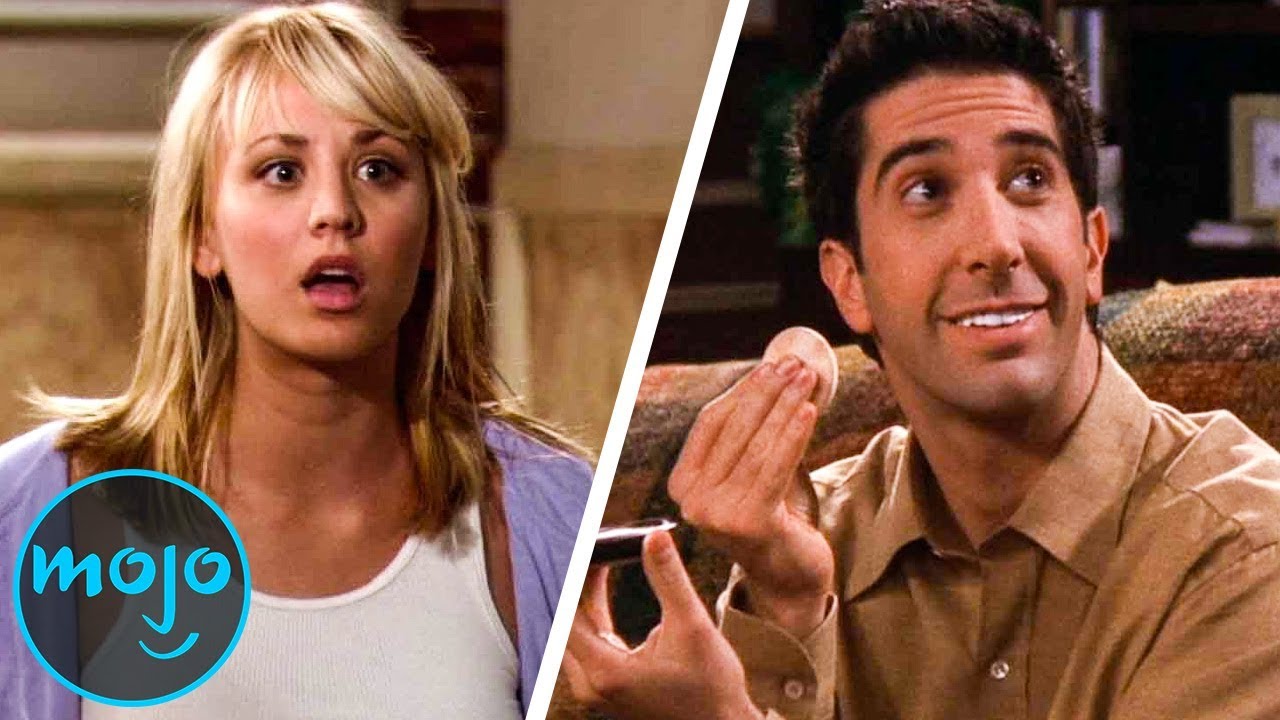Today we don’t want to experience a story, we want to experience memorable moments, one after the other, for a long period of time with no filler or disruption.

Type ‘compilation videos’ in to Google and you’ll be greeted by such obnoxious titles as ‘TOP BEST FAILS JANUARY Funny Compilation’ and ‘Super FUNNY VIDEOS compilation WATCH and TRY TO STOP LAUGHING.’ This sort of content emerged and started becoming popular some indefinable time in the 2000’s, and since then has become the new normal. Every second video we scroll past on Facebook and dotted around our YouTube suggested pages, we find compilations of the best moments from television shows or a compilation of short clips gathered from the internet. But why are these kinds of videos so addictive, and do they exemplify a societal move away from narrative driven viewing?
Many of those who grew up in the early 2000’s will remember watching Australia’s Funniest Home Videos, our home-grown answer to America’s Funniest Home Videos and Britain’s You’ve Been Framed. These vacuous but innocent shows rely on viewers sending in their home videos in which they have inadvertently captured some sort of slapstick comedy, which are then organised by the producers into categories and broadcast for the mindless enjoyment of the viewing public. These shows and their similar off-shoots and various incarnations spawned the public’s fascination with compilation videos.
Each short clip is different and immediately entertaining. The most minimal amount of attention is required from the viewer to watch these videos, which seems to suit the public, back in the 2000’s and especially now, perfectly.

The show went through a turbulent history while on-air. Premiering in 1990, it was a half-hour show starting at 7:30 PM. In the 2000’s it became an hour-long program at 6:30 PM, before reverting back to a half-hour format and finally being quietly cancelled in 2014. The show also went through a variety of hosts, namely Graham Kennedy at its inception, then Shelley Craft before its cancellation. A number of spin-off specials were aired, including 1992’s Australia’s Naughtiest Home Videos. Featuring explicit content of animals and humans, this was the first ever Australian program to be pulled during its first episode, when a furious Kerry Packer, media mogul and owner of the Nine Network at the time, called the studio and demanded it be cancelled immediately.
The internet essentially caused the shows dissolution in 2014. Billions of videos were available at a single click, and people preferred surfing the internet for their entertainment rather than having producers choose which clips they viewed. Furthermore, the commentary over the clips and the added ridiculous slapstick noise effects no long appealed to viewers. Society wanted control over their entertainment, and the internet was the service that delivered it with ease.

With this came the advent of viral videos, the first few of which were internationally noticed and discussed, but which now come about so often that we know they’ll pass within weeks and we barely take notice. Finally, over the past few years, compilations have become the go-to for vacant entertainment. YouTube channels, websites and content creators realised that grouping short 10-15 second clips into a ten or twenty minute ‘Best-Of’ video appealed to viewers. It was as though history could be consumed with one viewing, just as it is with best-of albums.
Soon enough, television shows were being chopped and hacked into concise compilations, essentially dissolving any need to actually watch a complete television series. These compilations have become popular for reality television shows such as Hell’s Kitchen, Bar Rescue and Kitchen Nightmares, as well videos marketed as best of such and such a character on Friends or Seinfeld. Furthermore, lists counting down from ten became popular with viewers looking for quick fixes, as seen with the success of Buzzfeed and Mojo Top 10.

What does this tell us about how and what we watch nowadays? Well, on one hand it speaks to the fast food culture that so obsesses modern society, the immediate gratification we not only want, but demand, in fashion, food and entertainment. If we can’t get something immediately we don’t want it at all, and by having whole episodes or even whole shows condensed, we can put what we consider a month’s work into ten minutes. Furthermore, it speaks to a loss of interest in story that goes along with the loss of interest in broader society towards novels. We have forgotten what it feels like to be fully, deeply engrossed in a story, and though we might binge on a television show for hours, are we doing it to absorb a good story or to relish in our own laziness and complete relaxation?
We could extemporise this need for instant information into the plummeting reading and writing levels and interesting in reading in schools. Why sit through a year’s history lessons when we can sum up the key points in a ten minute video? It’s this sort of attitude that separates events from content, the thing itself from the image of the thing. We want summarised experiences, life in highlights and only you at your best. You climb Mount Everest for the photo opportunity. On the other hand, life’s tribulations can be bandaged with shallow entertainment, and probably should be, so sympathies must lie with tangible struggling rather than with an artistic struggle.
Subscribe to FIB’s Weekly Alchemy Report for your weekly dose of music, fashion and pop culture news!






